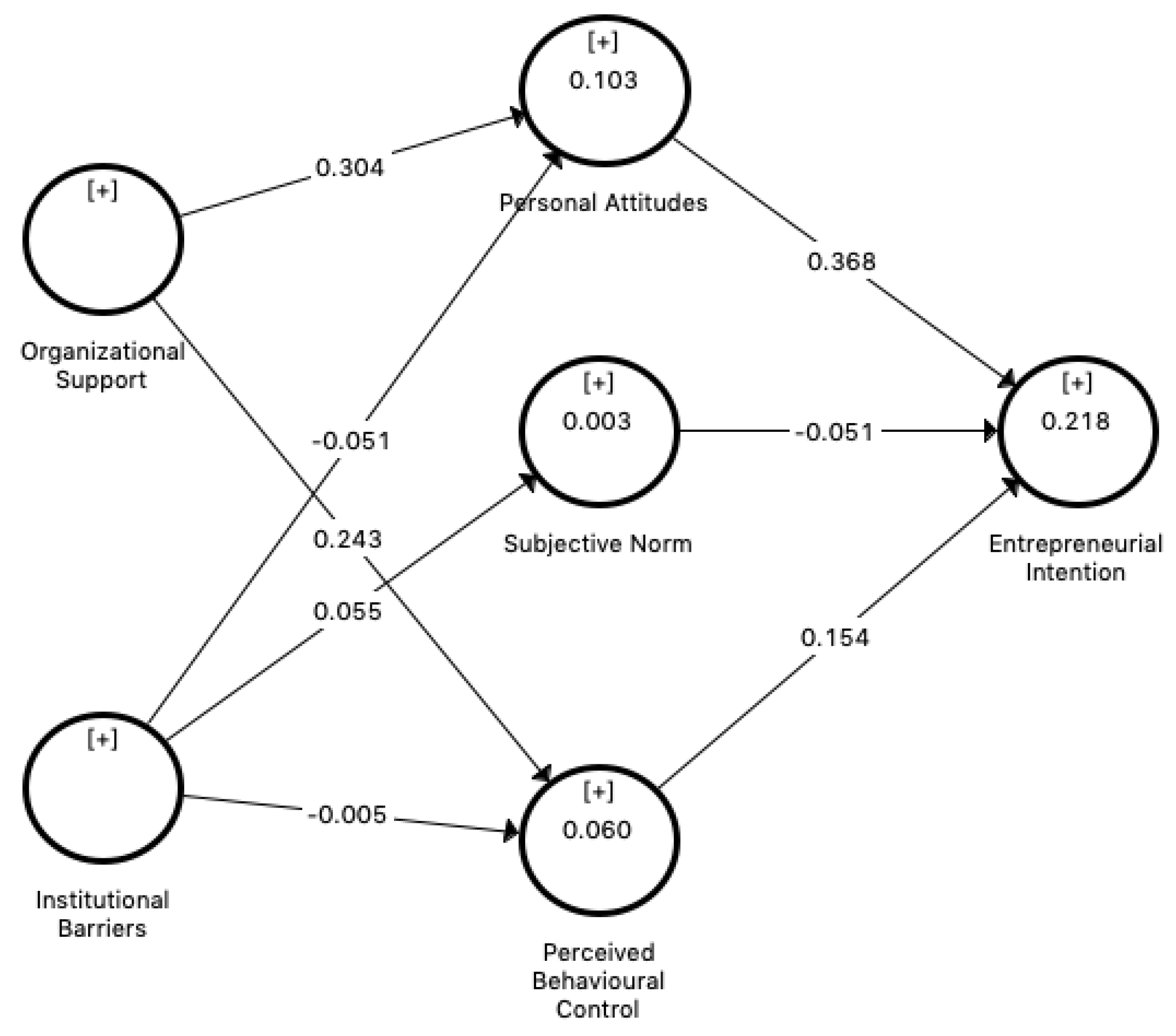


Consequently, the presence of (personalized) ads is an annoyance that users may have to bear with. The provider, besides striving to provide appealing services, may in most cases manifest a high interest in monetizing the data of the users, such as profile data, communication traces, all content uploaded and downloaded and all interaction traces. However, the provider has access and ownership rights to all data stored by the “customers”. In the centralized service provision model, a single operator avails the social networking services and maintains availability of the services. While the first issue, challenges due to scaling, have been generally mastered by the providers, the privacy and trust issues have not been extensively considered.

These issues include, but are not limited to, seamless scaling of the network without straining of the available resources (both monetary and physical) and ability of users to control their data and maintain their privacy while using the social networks. Several studies OSNs such as have enumerated operational and design challenges directly or indirectly related to this computing model. To date, the most utilized computing model by the popular online social networks (OSNs) is still the centralized model. As a third point, it gives a comprehensive analysis of proposed P2P-based online social network applications, frameworks and architectures by exploring the technical details, inter-dependencies and maturity of these solutions.Īs a means of online user interaction, social networking has experienced unparalleled growth over the last 10 years, a fact that is attested to by the number of providers and the users registered, with the top ten providers shown in Table 1. Second, it gives an exposition of the building blocks for P2P frameworks that allow the creation of such sophisticated and demanding applications, such as user/identity management, reliable data storage, secure communication, access control and general-purpose extensibility, which are not properly addressed in other P2P surveys. First, the survey elaborates the properties of P2P-based online social networks and defines the requirements for such (zero-trust) platforms. As a zero-trust alternative, peer-to-peer (P2P) technologies promise to support end-to-end communication, uncompromising access control, anonymity and resilience against censorship and massive data leaks through misused trust. Most, if not all, of these platforms use centralized computing systems therefore, the control and management of the systems lies entirely in the hands of one provider, who must be trusted to treat the data and communication traces securely. These platforms offer services that support interactions via messaging, chatting or audio/video conferencing, and also sharing of content. The use of online social networks, such as Facebook and Twitter, has grown at a phenomenal rate.


 0 kommentar(er)
0 kommentar(er)
